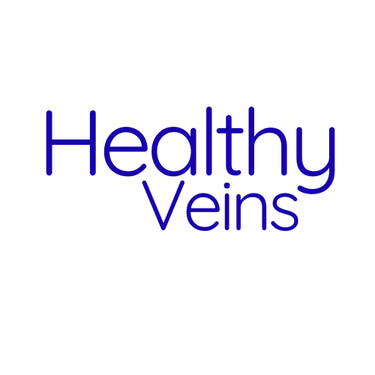Start your journey to healthier veins today!
Varicose veins myths Vs facts
A lot of myths surround varicose veins and its treatments. Here we bust the myths
Sohail Choksy
11/21/20252 min read


Varicose Veins: Top Myths Busted (For Good!)
Varicose veins have been around for as long as humans have walked upright — and so have the myths about them. From old wives’ tales to half-truths passed along in break rooms and waiting rooms, it’s easy to get confused about what’s fact and what’s fiction.
Let’s clear the air. Here are the most common myths about varicose veins… and the real truth behind them.
🗣️ Myth #1: Only old people get varicose veins
❌ False!
While age increases the likelihood, varicose veins can affect adults of any age — even people in their 20s and 30s. Genetics, pregnancy, long shifts on your feet, and hormonal changes all play a role.
The truth: Age is just one factor, not a requirement.
🗣️ Myth #2: Varicose veins are purely a cosmetic issue
❌ Not always.
Many people assume varicose veins are just a “visual problem,” but they can cause:
Leg aching or heaviness
Swelling
Night-time discomfort
Itching or burning
Skin changes
Left untreated, they can even contribute to ulcers or inflammation.
The truth: They can be cosmetic — but they’re often a medical issue too.
🗣️ Myth #3: Crossing your legs causes varicose veins
❌ A classic myth!
Crossing your legs does not damage vein valves. It may cause temporary pressure or numbness, but it does not create varicose veins.
The truth: Genetics, pregnancy, hormones, and prolonged standing/sitting are much more important factors.
🗣️ Myth #4: Only women get varicose veins
❌ Nope.
Women are more likely to get them due to hormones and pregnancy, but men are far from immune. In fact, many men develop varicose veins but delay treatment because they think it’s “a women’s issue.”
The truth: Varicose veins don’t discriminate.
🗣️ Myth #5: Exercise makes varicose veins worse
❌ Completely backwards.
Exercise — especially walking, swimming, cycling, and strength training — actually boosts circulation and supports healthy veins.
The truth: Movement helps prevent and ease symptoms.
🗣️ Myth #6: Surgery is the only treatment option
❌ This used to be true… but not anymore.
Modern treatments are quick, effective, and minimally invasive:
Laser treatment
Radiofrequency ablation
Sclerotherapy
Foam therapy
Most require little to no downtime.
The truth: Surgery is now the last resort.
🗣️ Myth #7: If you treat one vein, more will appear
❌ A common fear, but not based in reality.
Treating a diseased vein doesn’t “cause” new ones. If more appear later, it simply means your underlying predisposition (like genetics) is still present — not that treatment created a problem.
The truth: Treatment fixes the issue; it doesn’t create new ones.
🗣️ Myth #8: Varicose veins are unavoidable
❌ Not true.
You can’t change factors like genetics, but you can reduce risk:
Stay active
Avoid long periods of sitting or standing
Maintain a healthy weight
Wear compression stockings during long shifts
Elevate legs when possible
The truth: You may not prevent all varicose veins, but you can definitely influence how severe they become.**
The Real Takeaway
Varicose veins are common — and so are the myths surrounding them. Understanding what’s true can help you:
✔ Recognize symptoms
✔ Prevent progression
✔ Seek treatment confidently
✔ Avoid unnecessary worry
